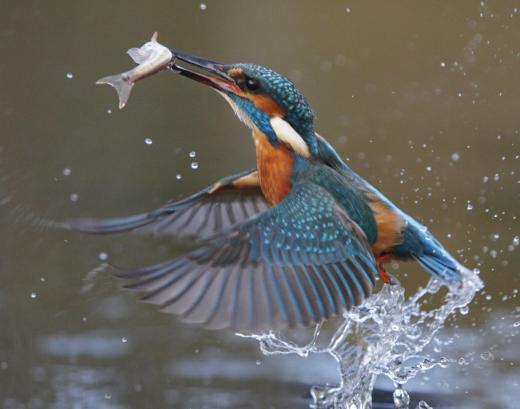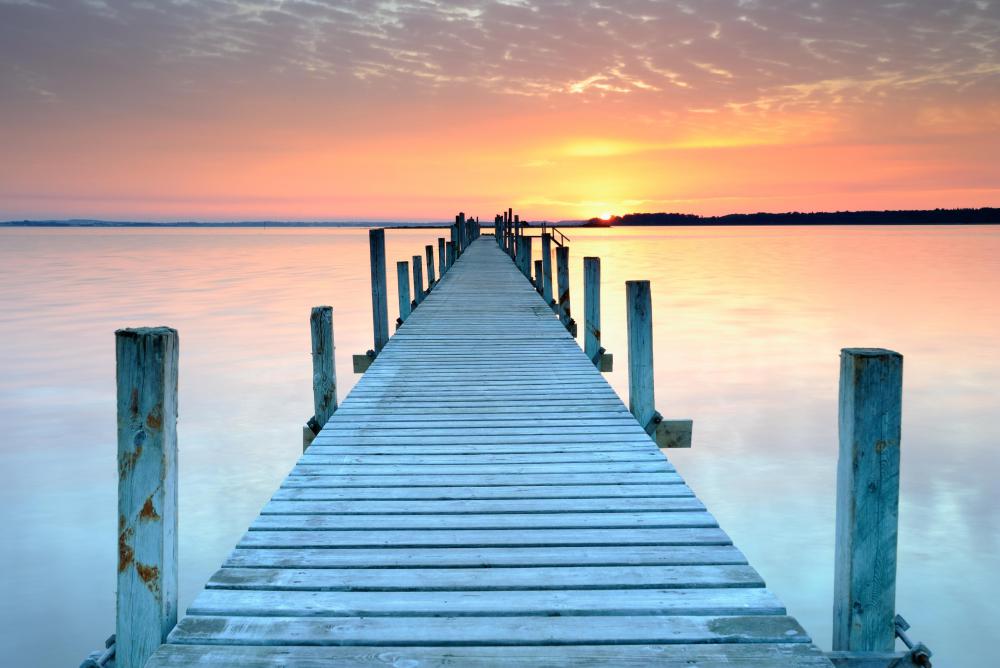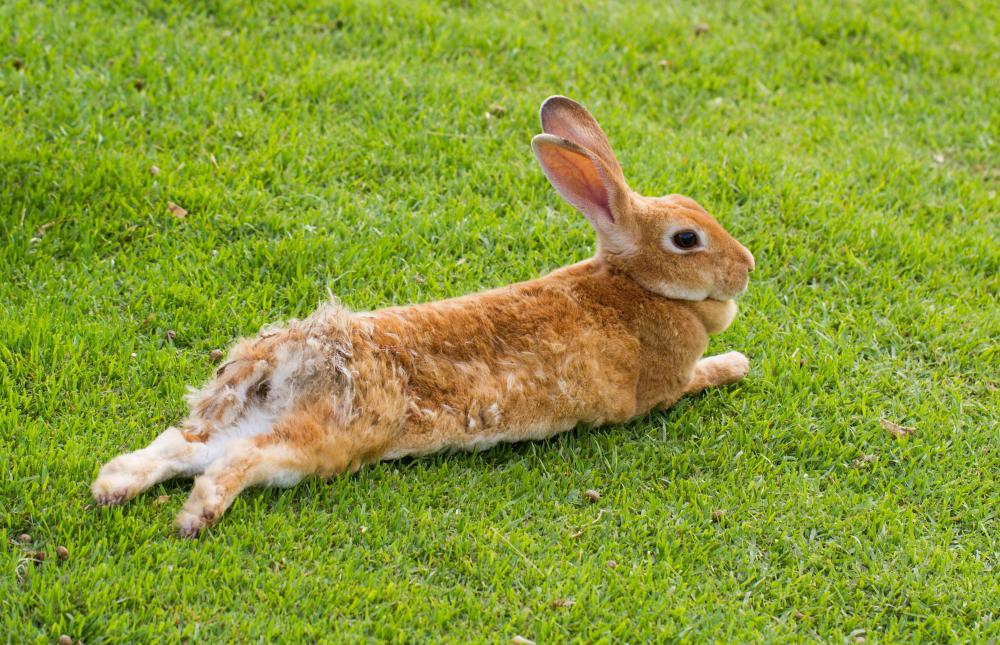At AllThingsNature, we're committed to delivering accurate, trustworthy information. Our expert-authored content is rigorously fact-checked and sourced from credible authorities. Discover how we uphold the highest standards in providing you with reliable knowledge.
What is an Ecosystem?
Ecosystem is a portmanteau word - that is, a word made by jamming two other words together. It originated as a shorthand way of referring to an ecological system, and is now the preferred term.
An ecosystem is simply an easy way to refer to all the lifeforms (plant and animal) in a cohesive, relatively independent area, and their relationship to one another. In a perfect world, an ecosystem is in balance. That is, the predator species keep the prey species' population in check without completely destroying them, and plantlife remains varied without one type predominating and crowding out the rest.

Ecosystems are rarely in balance, and this is often cause for alarm. For instance, pollution runoff from a factory can effect marine life in a lake, causing the fish population to plummet. This destabilizes the entire surrounding ecosystem, and birds and animals that prey on the fish either die off or migrate to areas with more food.
Attempting to counteract damage to an ecosystem requires a complete understanding of all the interrelationships between plants, animals and atmosphere in the system. Since such perfect understanding is rarely possible, unintended consequences are often the result.

For instance, the US government recommended in the 1930s that farmers in the south plant kudzu as a groundcover to help prevent erosion. Now kudzu is a nuisance plant and many thousands of hours a year are logged in trying to keep kudzu from taking over, damaging roadways and buildings and choking out other plant species. A similar takeover of a non-native species is seen in the rabbit problem in Australia. Rabbits have no natural predator native to Australia, so when they were introduced in the nineteenth century, they proliferated like, well, rabbits, to the point where their effects on the ecosystem, particularly farmland, has been devastating.

In nature, no ecosystem can be said to be independent of neighboring ecosystems or indeed, the global ecosystem, since ecosystems are open and plants and animals can move between them. All ecosystems are effected by planet-wide trends that effect the atmosphere, such as pollution and global warming.
One attempt to study an ecosystem in isolation was Biosphere 2, an airtight enclosure that tried to duplicate an ecosystem in balance. Although the experiment was not successful - they were unable to maintain oxygen levels high enough for human health without importing it - the experiment did make clear how fragile the balance of an ecosystem is and how dangerous it can be to severely damage the ecosystem of the entire earth.
Frequently Asked Questions
What exactly is an ecosystem?

An ecosystem is a complex network of living organisms, such as plants, animals, and microbes, interacting with their physical environment, including the air, water, and soil. This system operates through nutrient cycles and energy flows, creating a web of interdependencies that sustain the community of organisms within it.
How many types of ecosystems are there?
There are two main types of ecosystems: terrestrial, which includes forests, grasslands, and deserts, and aquatic, which encompasses freshwater and marine environments like ponds, rivers, and oceans. Each type is further subdivided into biomes, characterized by distinct climates, geographies, and life forms, according to the World Wildlife Fund.
Why are ecosystems important to humans?
Ecosystems are vital for human survival as they provide essential services such as clean air and water, pollination of crops, climate regulation, and raw materials. They also offer cultural and recreational benefits. The Millennium Ecosystem Assessment reports that ecosystems contribute to human well-being in multiple tangible and intangible ways.
What are the main threats to ecosystems?
Major threats to ecosystems include habitat destruction, pollution, climate change, overfishing, and invasive species. The World Wide Fund for Nature states that these threats can lead to a loss of biodiversity and disrupt the balance of ecosystems, which can have cascading effects on the services they provide to humans and other life forms.
How can ecosystems be protected and restored?
Protecting and restoring ecosystems can be achieved through conservation efforts, sustainable resource management, pollution control, and habitat restoration. International agreements like the Convention on Biological Diversity aim to promote these practices globally. Additionally, local community involvement and education are crucial for successful ecosystem conservation.
What role do humans play within ecosystems?
Humans are an integral part of ecosystems, both as a species within them and as managers of them. Our activities can alter ecosystems through land use, resource extraction, and waste production. However, we also have the capacity to maintain and restore ecosystems, ensuring their health and the continued provision of ecosystem services.
AS FEATURED ON:
AS FEATURED ON:














Discussion Comments
i like this article. it gave me a lot of info and i got some really good info from this site. thanks for uploading it.
@ GenevaMech- What you say is correct. This is why modern conservation efforts have taken an ecosystem approach. The study of sustainability is also becoming more important in helping us understand the interactions within the ecosystem. Rather than trying to stabilize one species, scientists and conservationists are working to stabilize entire habitats.
You can see examples of this in modern attempts at fisheries management. No longer are catch-quotas the main tool for conservation. Instead, Fish and game employees use a combination of techniques to protect the entire local ecosystem.
What people seem to forget is the fact we are a part of the ecosystem. Whether that ecosystem is a localized area, or the planet as a whole, everything we do has an effect on all other species.
The larger our population becomes the bigger an effect we have on the ecosystem. The more we take from the ecosystem, the more it has to compensate. Most resources within the ecosystem are limited, and the compensation often does not work out in our favor. We either lose species beneficial to us, or see an increase of species detrimental to our health.
Post your comments